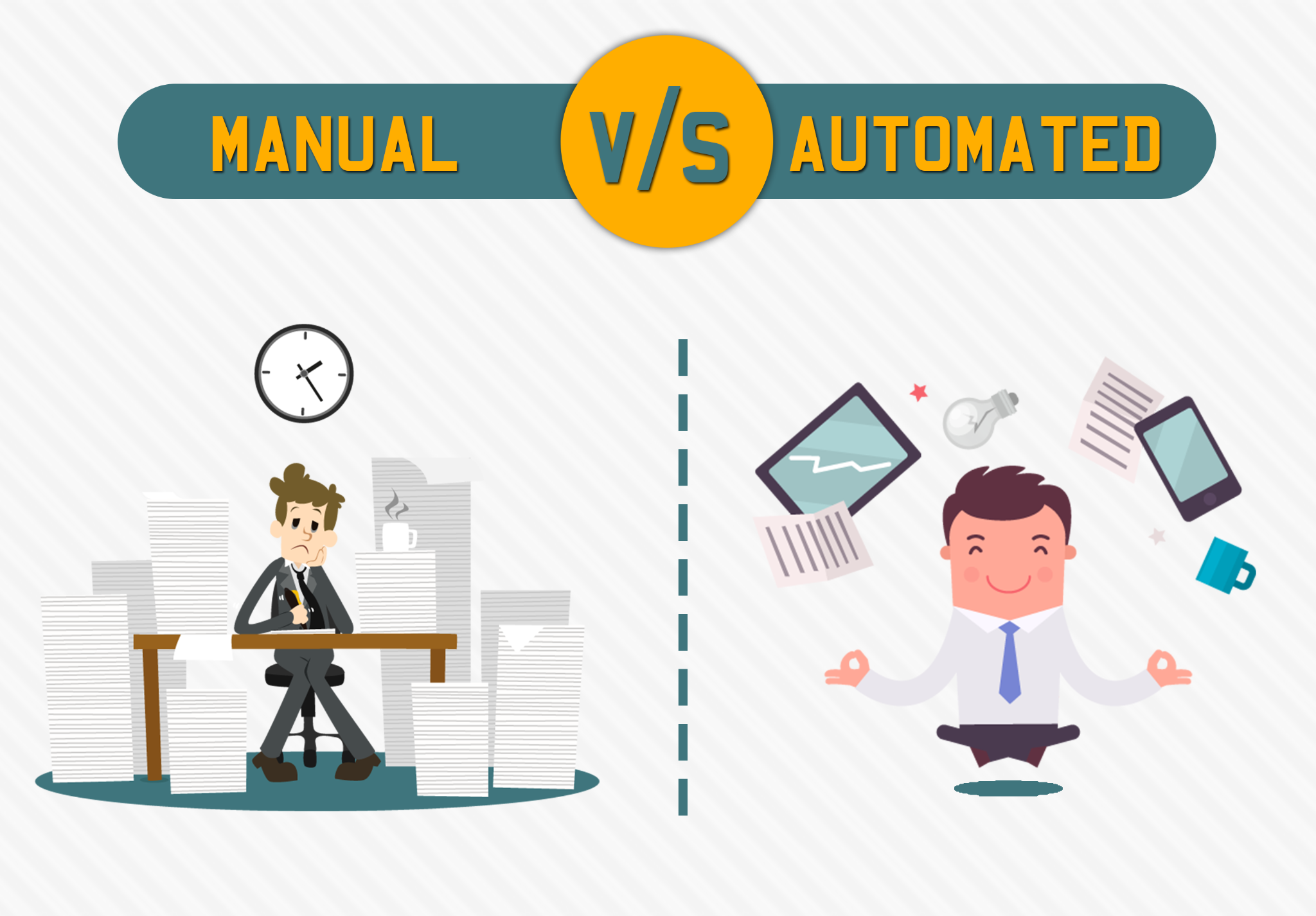
Mobile testing, in general, and mobile test automation, in particular, are not easy to learn and implement. If you want to focus on important projects, deliver a quality product in a timely and cost-effective manner then you need to shift from manual to automation testing.
Yes, not everything can indeed be automated yet we all know that manually running hundreds of test cases on actual devices or emulators is a tedious process. It is time-consuming, prone to errors, and lacking in coverage, among other things. Repetitive tasks shift our attention from other important tasks and drain our energy. This is where mobile test automation can help practitioners allocate their time and resources more effectively.
Why choose Automation instead of Manual?
There are various reasons why technology teams switch to automated mobile application testing for larger projects. Teams may use software to perform these tests and report results using test automation. Since manual testing is more prone to human error, automation improves performance and streamlines projects for success. Manual testing takes time and requires more of the team's focus during working hours. When test cases are run only a few times without being repeated often, it is most realistic. Automated testing is more accurate in general since it is carried out by tools and scripts. This implies that automation is much quicker than manual processes.
When To Automate Mobile App Testing:
1.Long Term Projects: Are you someone who wants to build and manage an app over time, then you must use mobile testing automation as it reduces the costs and associated complexities.
2. Maintenance Check: If a mobile application uses an API to get data from a remote server, the application's harmony must be checked regularly. Frequently, server-side changes occur, resulting in various crashes such as login failure to view appropriate elements on the computer.
3. Regression Testing: Since the code changes regularly and the team can run regressions easily, automated testing is preferred when conducting regression tests.
4. Continuous Integration Pipelines: As the continuous integration process revolves around automated tests only, there’s no other option except for mobile app automation.
5. Load testing is particularly well-suited to automation. The load tests are not only automated, but users can also get real-time feedback and analyze bottlenecks and problems, allowing them to make appropriate changes ahead of time.
6. When Time Matters: Mobile App Automation Testing is a good time saver as all the tests are automated and hence it saves some valuable time for the application developers.
How To Make Transition From Manual To Automation:
1. Choosing the right tests: Prioritize tests that are to be repeated several times during the project. Regression tests and functionality tests are two good choices.
2. Create a Proper Structure: Determine a naming convention that makes sense and provide basic details such as a summary of the test situation, pre-conditions, test steps, and expected outcomes to accomplish this.
3. Inclusion Of Proper Error Handling: The last thing you want is to automate a test and then have to deal with cascading failures, which occur when one test fails and causes other tests to fail. The easiest way to prevent this is to make sure you have error management covered.
4. Choosing the right test automation tools: Ensure that the tool you have selected can store and handle your test scripts quickly, with regular backups and easy access.
5. Creating Proper QA Environment: Create a test environment with the data, features, and security settings you'll need to get the results you want. It goes a long way toward ensuring testing success to have the right environment.
6. Creating A Test Schedule: Regularly run the tests to ensure that you can keep errors under control and fix any problems that occur when you implement new features.
Conclusion: A project's viability hinges on its ability to evaluate effectively. Manually monitoring and running experiments, on the other hand, is a waste of time and resources for tech teams. This is why, to optimize productivity and make the best use of limited resources, many companies are turning to automated testing. The reason for shifting largely being more mobile applications can be tested over time, cost-effectiveness, ability to run several tests at the same time, and performing time-consuming assessments that are difficult for manual testers to complete.







